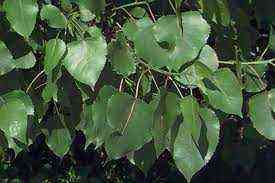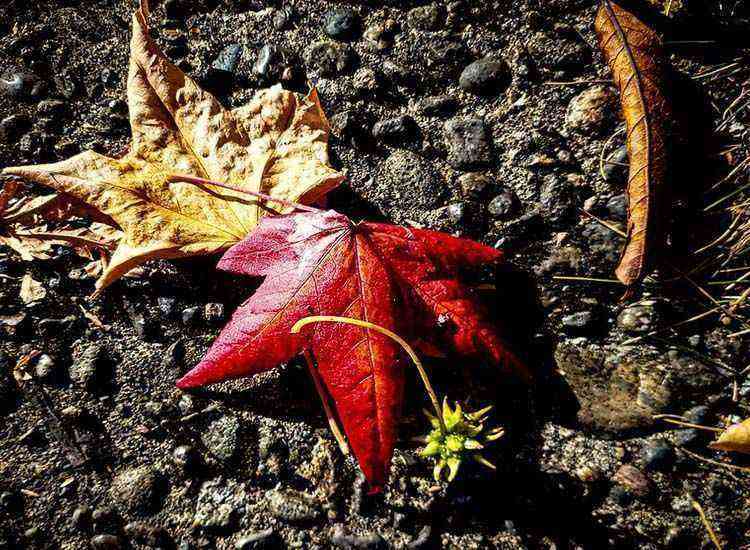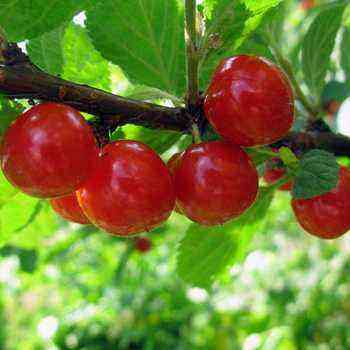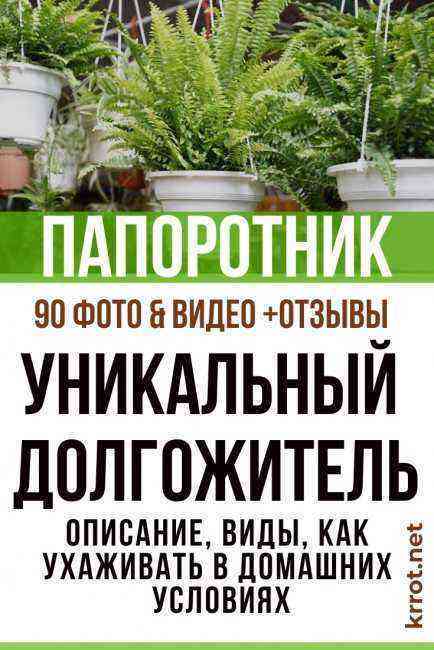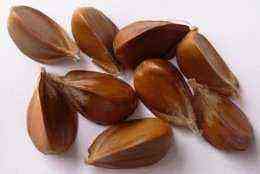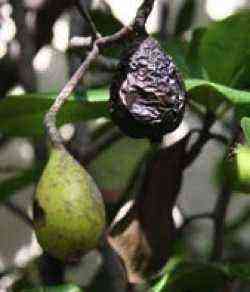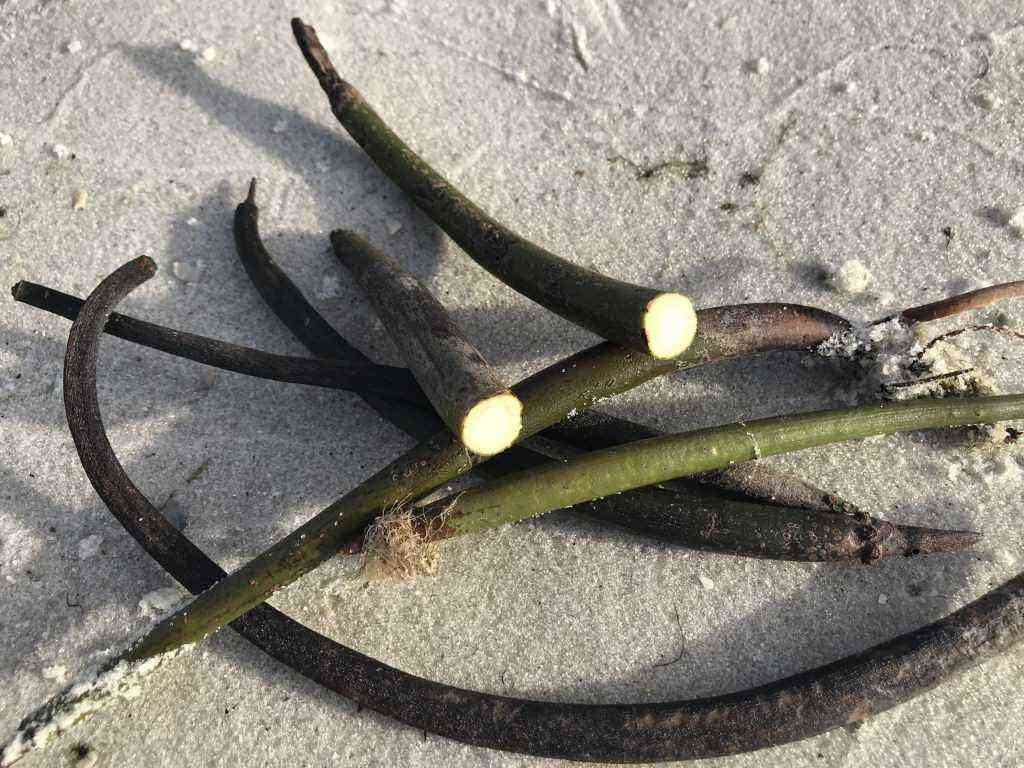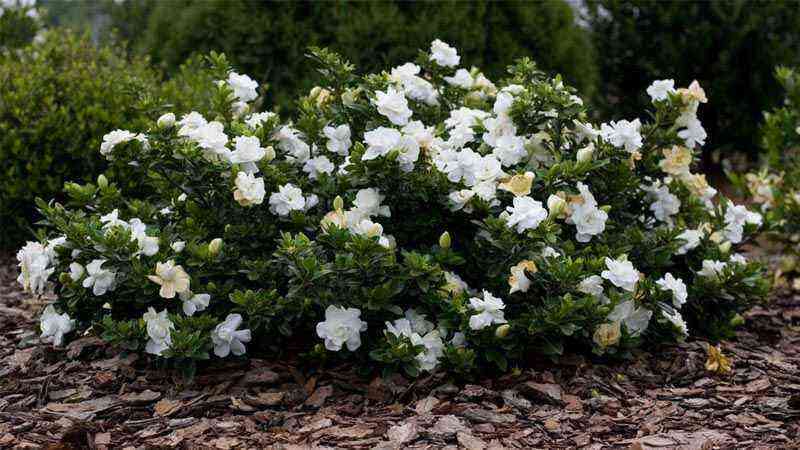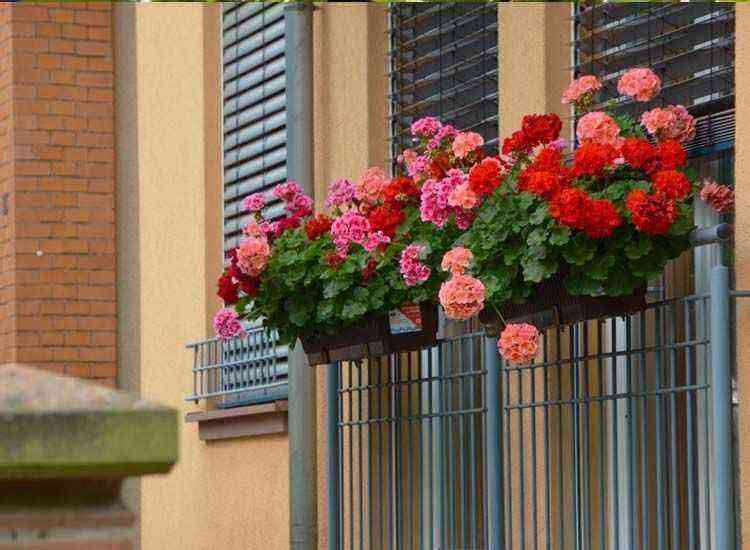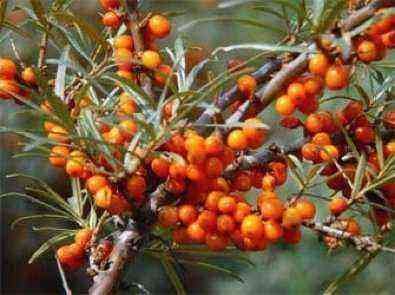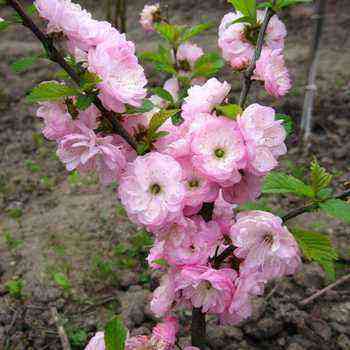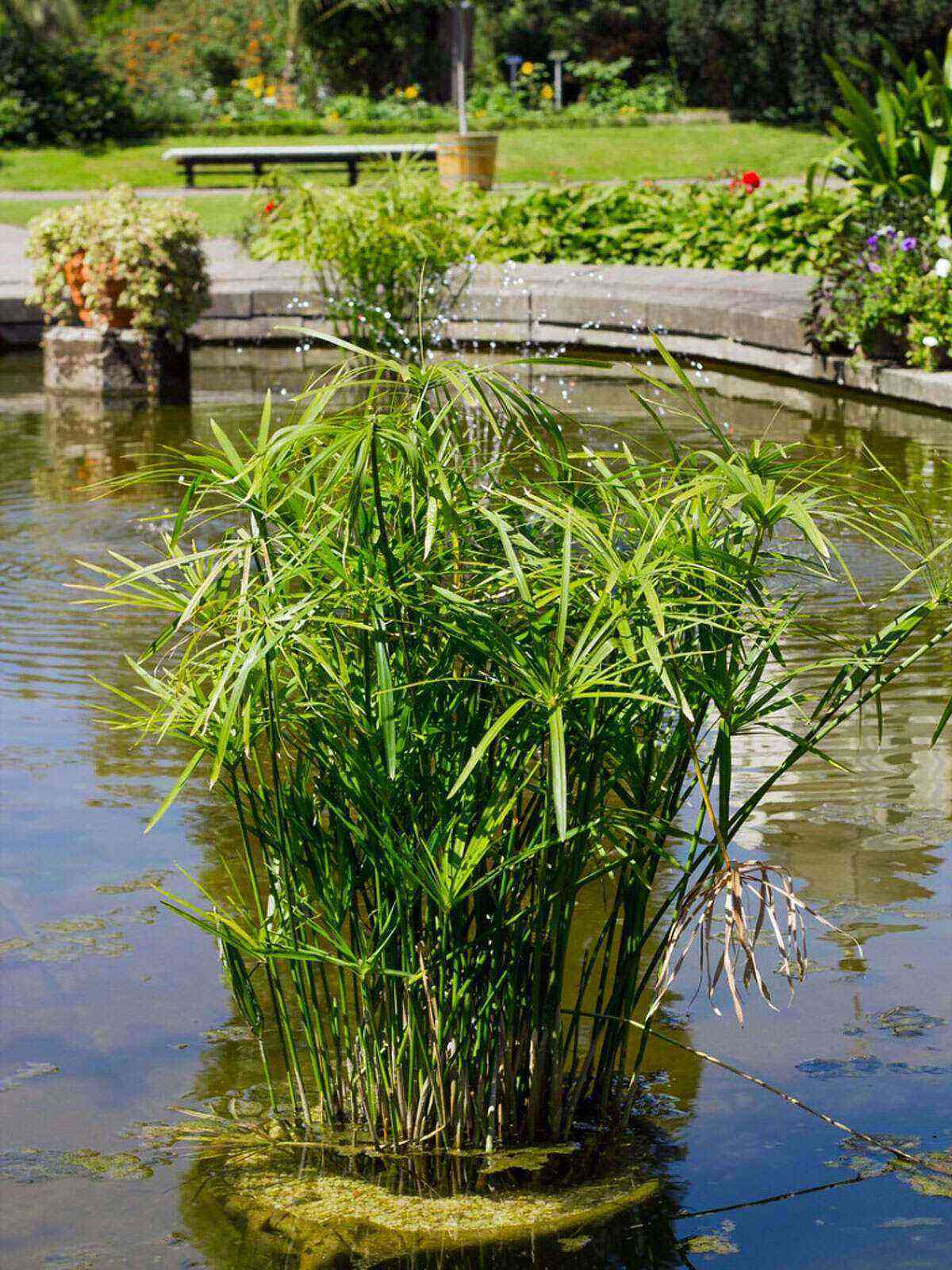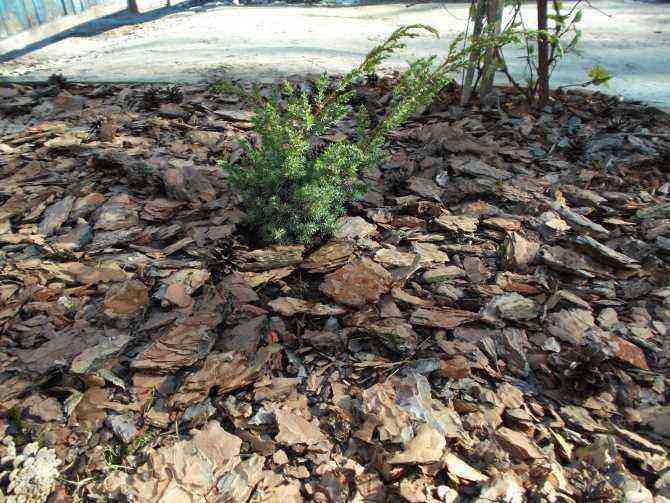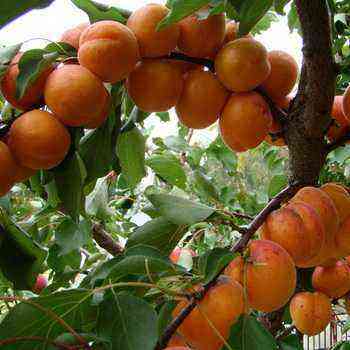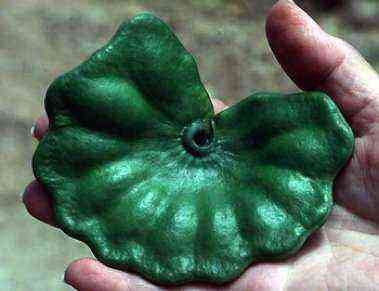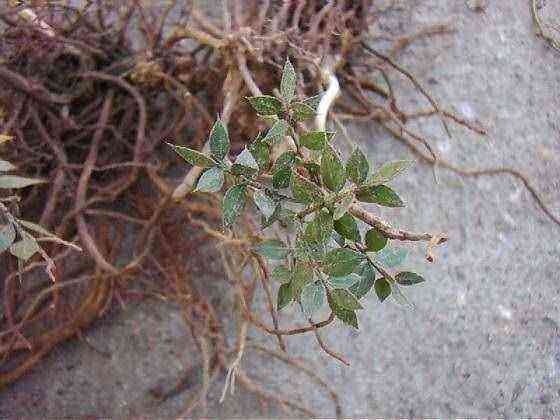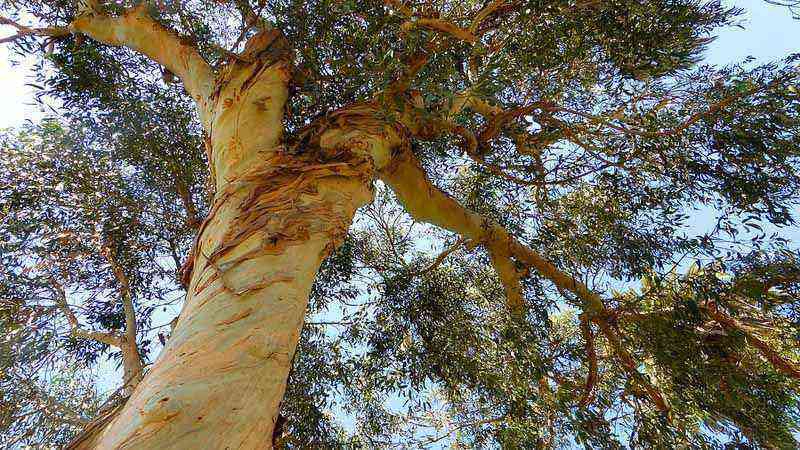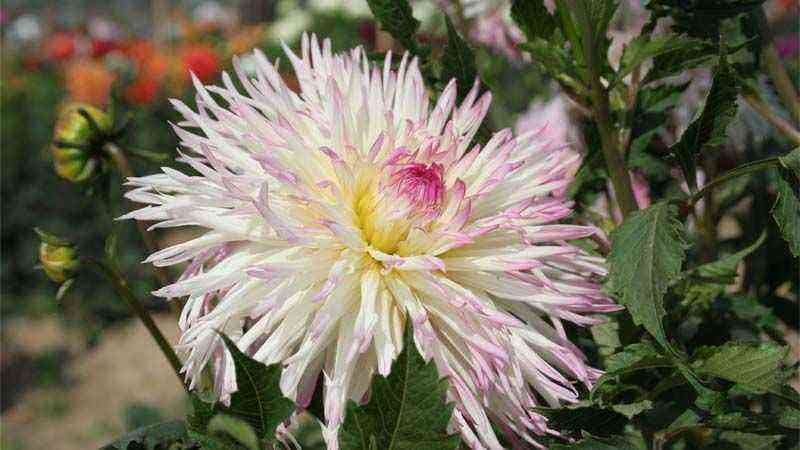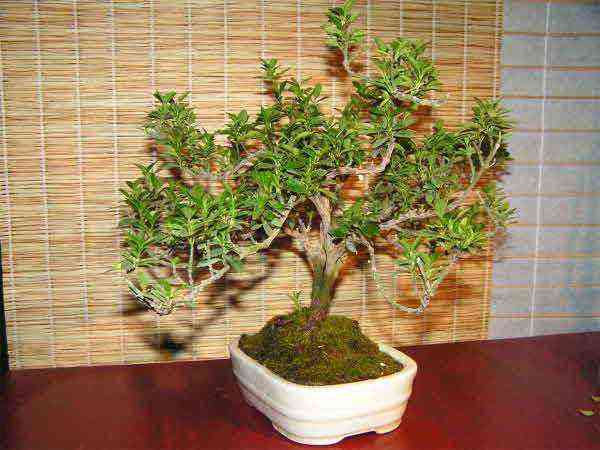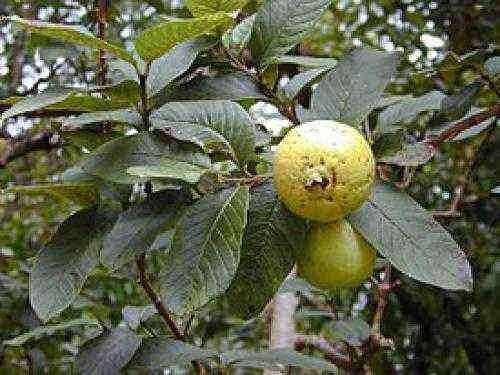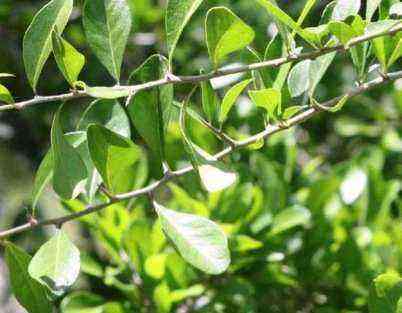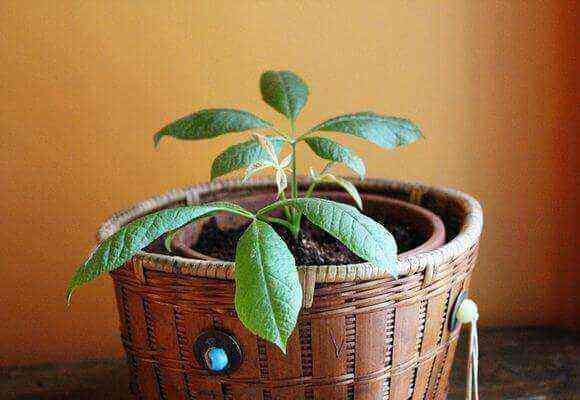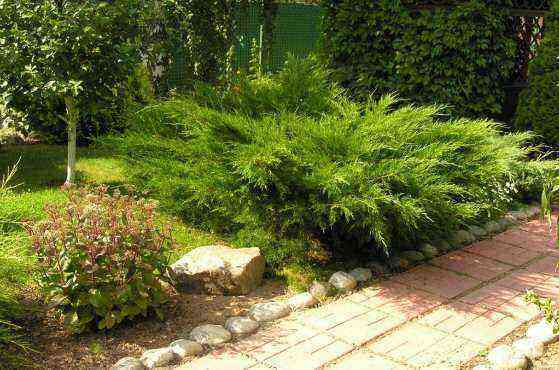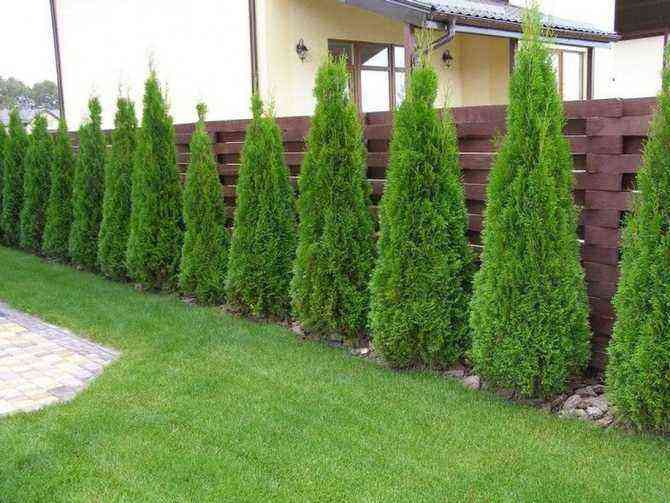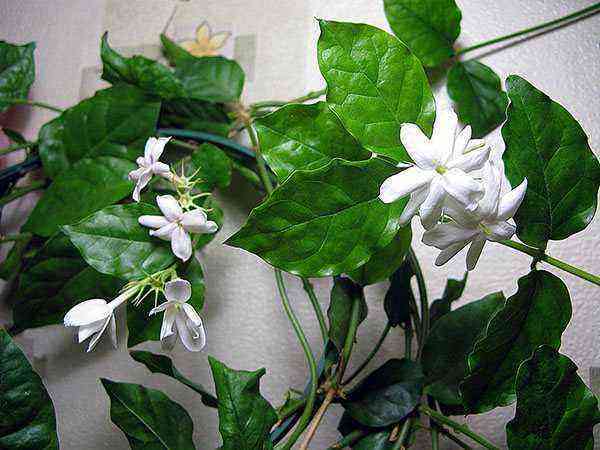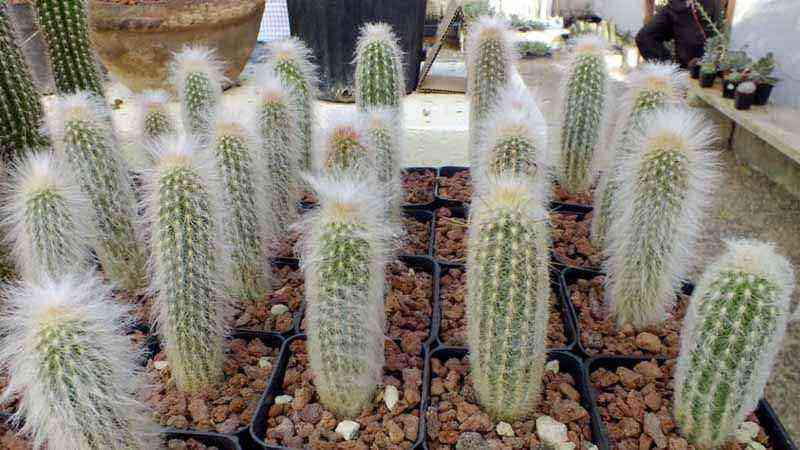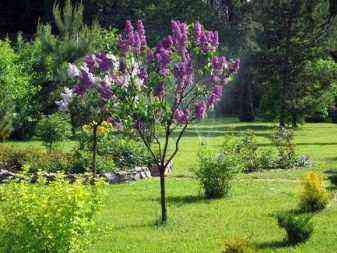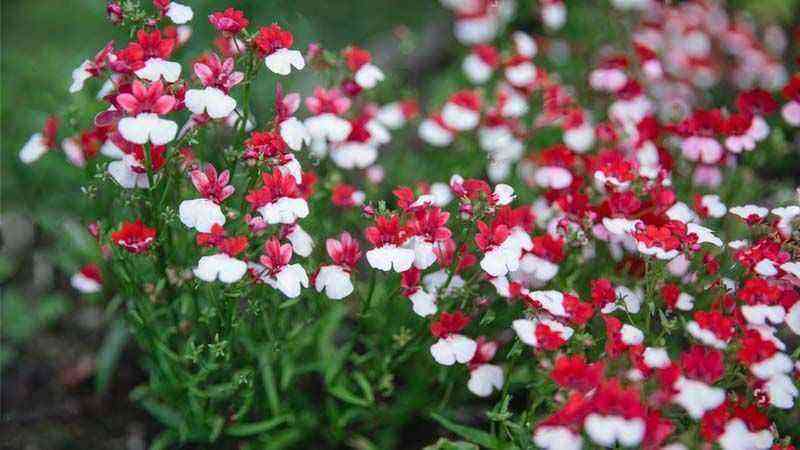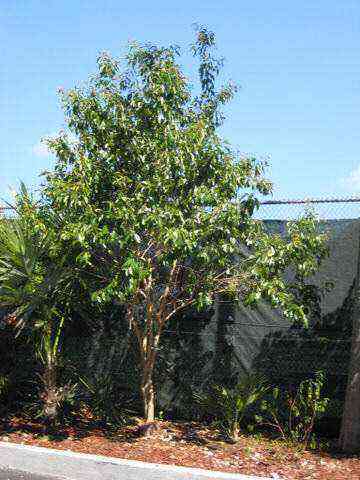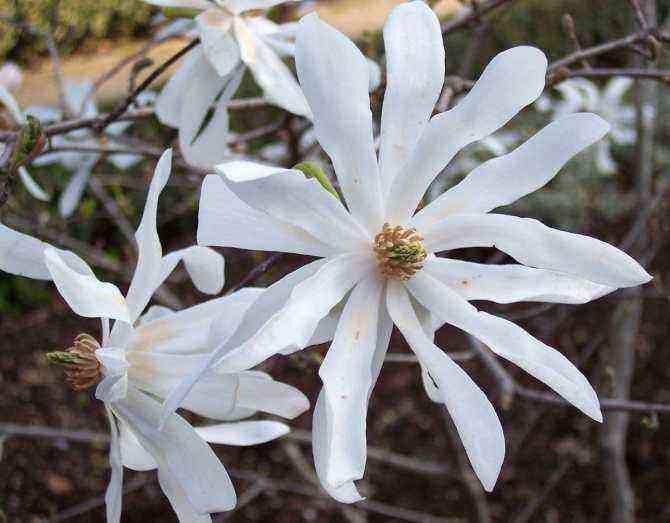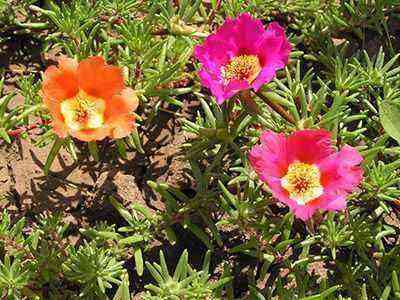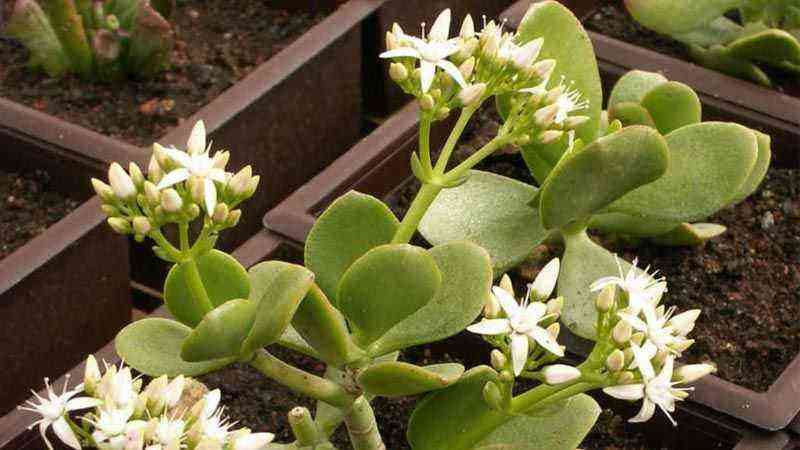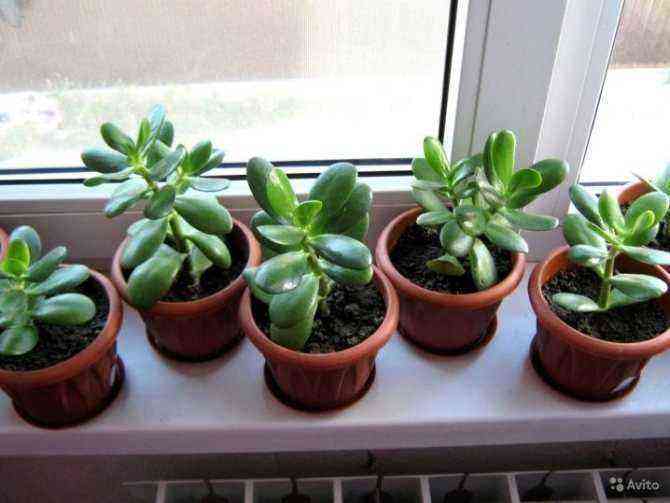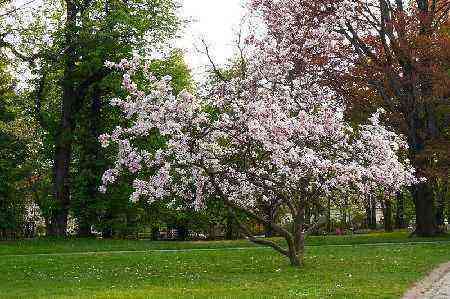Botanical description
| ||||||||||
| Botanical illustration from the book by K. A. M. Lindman “Pictures from the Nordic Flora “, 1917-1926 | ||||||||||
Perennial plant from 30 to 75 cm tall.
Truncated thick rhizome.
Fronts 35 to 60 cm long and 8-12 cm wide, dark green, doubly pinnate, lanceolate or oblong. Spore-bearing leaves with long petioles, almost equal in length to the blade, elongated-lanceolate, leathery, glossy, protruding, longer than sterile ones, sometimes reaching 70 cm in length; vegetative leaves are shorter, oblong. The lower segment of the leaf is ovate or lanceolate-triangular, dissected into five to six pairs of distinct lobes. Segments of the first order on vegetative leaves are contiguous, and on spore-bearing ones – somewhat spaced.
Chemical composition
The plant contains phenolic compounds: albaspidin, flavaspidic acid, paraaspidin, desaspidin, trisdesaspidine ..
Shield bug Chartres KK Rostov region
Dryopteris carthusiana (Vill.) HP Fuchs Division Fern-like – Polypodiophyta Class Centipede –Polypodiopsida Order Centipede –Polypodiales Family Dryopteridaceae – Dryopteridaceae Rarity status category. 3 g. A rare species with a significant range, but located in the Rostov region. at the border of distribution. RRC – G.
Description
Perennial rosette herb with a thick (5–8 cm in diameter), oblique rhizome, covered with the remains of leaf petioles. Leaves – frond in a funnel-shaped rosette, green, wintering, 30-70 cm long. and up to 25 cm wide., on long greenish petioles, covered with light brown, broadly ovate and subulate films. The fronds are usually thrice-plumose, with 13–15 pairs of pointed feathers, oblong in outline. The feathers of the lower pair are unequal, shorter than the others, and noticeably distant from them. The teeth of the segments of the last order are elongated into a soft needle. Sporangia sori in 2 rows on the underside of feathers, with a bare small reniform veil.
Distribution
Holarctic species, common in the forest zone and mountain-forest belts of Eurasia and the Atlantic North. America, in Russia – in the European part, Zap. and Vost. Siberia, the Caucasus [1-3]. – In the Rostov region. finds the southern border of the flat part of the range. Recorded on all large sandy massifs in the Don and Seversky Donets valleys: Kazan-Vyoshensky (Verkhnedonskaya, Sholokhovsky districts), Dono-Tsimlyansky (Tsimlyansky district), Mityakinsky (Kamensky, Tarasovsky districts), Nizhnekundryuchensky (Ust-Donets pn) [RV, RWBG; 4-7].
Features of biology and ecology
Hygromesophyte. Has a fairly wide amplitude in relation to illumination and soil trophicity, prefers acidic and neutral soils … Inhabits coniferous, mixed and deciduous forests in damp places, on the outskirts of forest bogs and peat bogs; in undisturbed forests, it can form a powerful synusia … In the region it grows only on above-floodplain sandy massifs in river valleys in damp or swampy peg and belt arena forests – alder forests (usually), oak forests, less often in aspen forests, birch forests, as well as in riverbed alder forests in river floodplains … In arena forests, it is confined to the wet bottoms of depressions. Hemicryptophyte. Propagated by spores. Sporulates VII – VIII.
Strength
The number of populations depends on the area of the forest, which ranges from 0,3–0,5 to tens of hectares. Usually it is small – from 40-50 to several hundred individuals. Group distribution of individuals is characteristic, the average density in alder forests on the Mityakinsky sandy massif rarely exceeds 5 individuals per 10 sq. m, on the Kazan-Vyoshensky sandy massif the populations are also few in number … The state of the populations is stable.
Limiting factors
Narrow ecological confinement at the border of the area, deterioration of the hydrological regime during the drying up of river valleys and the economic development of sandy massifs, anthropogenic disturbances of the habitat (more frequent forest fires, spontaneous felling, grazing in forests). Can be eradicated as an ornamental and medicinal plant.
Security measures
Included in the CC of the Stavropol kr. (2002), in the regional lists of Donetsk (2007) and Lugansk (2009) regions. Protected on the territory of the Tsimlyansky State Reserve and the State Museum-Reserve of M.A. Sholokhov, on the protected natural area “Kalinov Kust Tract” in the Verkhnedonsky District, “Olkhovye Kolki” in the Kamensky District, “Kundryuchenskie Sands” in the Ust-Donetsk District, “Paniki Tract” and “Olshaniki” in the Sholokhovsky District … It is necessary to study the biology of the species in the conditions of the area, a complete ban on collection. It is advisable to preserve the species in culture under conditions of shading and watering …
For what diseases is it used?
Due to its amazing properties, the fern restores the body after long-term diseases and contributes to its full functioning. The use of this plant is possible with such diseases and pathological disorders:
- the presence of helminths in the body;
- rheumatism;
- chronic and acute constipation;
- ulcers and eczema;
- extensive damage to the skin;
- headache;
- angina;
- flu;
- dyspnea;
- stressful and psycho-emotional disorders;
- hemorrhoids;
- poisoning;
- infantile urinary incontinence.
An excerpt characterizing the Dwarf crested
– Yes, yes, with thunder rolls! – repeated approvingly in the back rows. The crowd approached a large table, at which, in uniforms, in ribbons, gray-haired, bald, were sitting seventy-year-old nobles, old men, whom Pierre had seen almost all of them in their homes with fools and in clubs beyond Boston. The crowd came up to the table, humming incessantly. One after another, and sometimes two together, pressed against the high backs of chairs by an overlapping crowd, spoke the orators. Those who stood behind noticed what the orator who was speaking did not finish, and rushed to say this missing. Others, in this heat and crampedness, fumbled in their heads, if there was any thought, and hurried to speak it. The old nobles, familiar to Pierre, sat and looked back at one or the other, and the expression of most of them only said that they were very hot. Pierre, however, felt agitated, and the general feeling of wanting to show that we didn’t care, expressed more in the sounds and expressions of faces than in the sense of speeches, was communicated to him too. He did not renounce his thoughts, but felt guilty for something and wanted to justify himself. “I only said that it would be more convenient for us to make donations when we know what the need is,” he said, trying to shout down other voices. One nearest old man looked back at him, but was immediately distracted by a shout that began on the other side of the table. – Yes, Moscow will be commissioned! She will be a redeemer! One shouted. – He is the enemy of humanity! Shouted another. – Let me speak … Gentlemen, you are crushing me … At this time, Count Rostopchin entered with quick steps in front of a crowd of nobles, in a general’s uniform, with a ribbon over his shoulder, with his chin protruding and quick eyes. “The Emperor will be here now,” said Rostopchin, “I’ve just come from there. I believe that in the position in which we are, there is nothing to judge. The sovereign deigned to gather us and the merchants, – said Count Rostopchin. “Millions will flow from there (he pointed to the merchants’ hall), and our business is to deploy the militia and not spare ourselves… This is the least we can do! Conferences began between some of the nobles who were sitting at the table. The entire meeting was more than quiet. It even seemed sad when, after all the previous noise, one could hear the old voices one by one saying: “I agree”, the other for a change: “I also have the same opinion,” etc. etc. The secretary was ordered to write a decree of the Moscow nobility that Muscovites, like the residents of Smolensk, donate ten people from a thousand and full uniforms. The sitting gentlemen got up, as if relieved, rattled their chairs and walked across the hall to stretch their legs, taking someone by the arm and talking. – Sovereign! Sire! – suddenly spread through the halls, and the whole crowd rushed to the exit. Along a wide path, between the wall of nobles, the emperor walked into the hall. All faces showed respectful and frightened curiosity. Pierre stood quite far away and could not quite hear the emperor’s speech. He understood only by the fact that he had heard that the sovereign was talking about the danger in which the state was, and about the hopes that he pinned on the Moscow nobility.
Useful properties of ferns
The medicinal properties of the root are due to the content of medicinal substances in it. It contains alkaloids, starch, essential oils, flavonoids, tannins, fat, hydrocyanic acid, riboflavin, carotene, tocopherol and nicotinic acid.
The fern is used in cooking and is included in the food of taiga in the Far East, Japan and Korea. The use of this plant forms the correct skeleton, improves the nervous system, normalizes metabolism in the body and increases efficiency.
Use in medical and folk practice also gives its advantageous medicinal properties. Not all fern species have medicinal effects. For example, the red-horned duckweed is suitable for decorating garden areas, but the male fern or the smelly fern has a medicinal effect. They have an antispasmodic, antibacterial, disinfectant, tonic and soothing effect.
Fern cleanses the body of toxins and harmful substances and helps to strengthen the immune system. If a person has skin rashes, long-term non-healing skin lesions, eczema, rheumatism, frequent headaches and chronic constipation, then the use of this plant will give positive results and improve the patient’s well-being. The thyroid gland also improves and normalizes the work of the cardiovascular system, but at the same time it has some contraindications in some cases of heart disease.
The chemical composition of this plant is aimed primarily at combating helminthic diseases. The perennial contains special healing substances that paralyze the muscle layer of parasitic worms. Fragrant fern and male fern are used in many decoctions and infusions, they are part of the medicinal preparations used in medical practice.
Distribution and ecology
Distributed in northern and middle parts of Europe and in eastern and central parts of North America
.
In Russia, it is often, but sporadically, found in the forest regions of the European part and in Western Siberia in all regions, but less often to the south.
.
It grows in moss and grassy bogs, in swampy forests and thickets of bushes; most often on bumps or near-stem elevations
.
Reaches a height of 1 m above sea level in mountainous areas]
.
Contraindications to the use of a medicinal plant
Fern is a poisonous plant, so its use is possible only under the strict supervision of a doctor. It is considered poisonous due to the presence in the chemical composition of the plant of the substance “raw filicin”, which is contained, for example, in the form of a fragrant fern. If the dosage of the drug is not observed, acute poisoning is possible. Symptoms and consequences of poisoning are expressed in:
- headaches;
- nausea and vomiting;
- feeling a sense of weakness;
- cramps
- a sharp decrease in blood pressure;
- respiratory depression;
- decrease in cardiac activity;
- dizziness;
- lethal outcome.
It is not recommended to use the plant along with the intake of fatty foods, since such a combination significantly reduces the healing properties of perennials.
A strict contraindication to use is pregnancy, lactation and children under 12 years of age. It is worth treating people with hypersensitivity to certain components of the fern with caution, as well as those who are prone to allergic reactions. The use of this medicinal plant is contraindicated in persons with impaired kidney and liver, stomach and duodenal ulcers. With tuberculosis and malaria.
Terms and methods of collection
The rhizomes of the thyme are usually dug up in the fall, mainly in September-October. You can also dig it in early spring, but before the development of the aboveground part. The dug out rhizomes of the fern must be preliminarily cleaned of soil, roots, leaves, dead old parts and, together with the thickened bases of leaf petioles adjacent to the rhizomes, cut into pieces and dried.
Drying is best done in dryers, and in the absence of them – in attics under an iron roof or in other well-ventilated areas. To speed up and uniform drying, the rhizomes must first be cut with a sharp knife along and across into several parts, and then laid out in one layer for drying.
Basic requirements for the quality of raw materials
The finished raw material consists of well-dried pieces of fern rhizomes of various shapes and sizes, obtained as a result of longitudinal and transverse cutting of the rhizomes together with the bases of the leaf petioles. In places of departure from the rhizomes of leaf petioles, there are remnants of rusty-brown filmy scales.
Pieces sizes: width 10-25 mm, length 10-50 mm; thickness 4-8 mm. The color of the outer surface of the rhizome and the bases of the petioles is dark brown, and light green on the transverse and longitudinal sections, and yellowish green along the edges of the pieces. The smell is weak, uncharacteristic; when moistened with a solution of caustic soda, the smell of violets is felt; the taste is sweetish astringent. The moisture content of raw materials should not exceed 14%.
Folk recipes for the use of fern
The medicinal perennial is used not only as a raw material for pharmaceutical preparations, but also with great pleasure it is used in alternative medicine. In any case, before starting therapeutic folk actions, you need to consult a doctor to obtain the necessary recommendations for the dosage and use of the plant.
- Fern broth. For preparation, you need to take 10 grams of a medicinal plant, pre-dried and well crushed. Next, the root is poured with a glass of boiling water and put on low heat. You need to cook the mixture until the medicinal composition has evaporated approximately twice. Further use is possible for 1 teaspoon 1 time per day with the addition of honey. It is also possible to mix such a broth with flour and divide it into 10 receptions. However, do not forget that all dosages must be strictly observed, since such a decoction is a strong medicine for worms. After treatment procedures, you need to conduct a course of cleansing salt microclysters. It is not recommended to use a laxative with a different composition, so that the drug is not absorbed into the bloodstream.
- For external use, it is possible to use baths and wipes. Such therapeutic actions help with skin diseases and the presence of extensive wounds. To prepare a medicinal plant, you need to take 100 g of fresh root or 50 g of dry root and boil it in two liters of water under a tight lid for 2-3 hours. After that, the resulting solution is added to a bath filled with water at a temperature of approximately 27-32 degrees.
- For the treatment of dry pleurisy, a tincture is prepared based on 25 g of fern root and a bottle of vodka. For preparation, you need to mix these two components and let it brew with constant shaking in a dark place for 2 weeks. After that, the tincture is filtered and taken in 15-20 drops, previously diluted with water, 3 times a day, half an hour before meals.
- To improve and normalize sleep, fresh fern leaves are added to the mattress.
- The next fern recipe is to use fresh leaves. They are crushed to a mushy state and mixed in equal proportions with sour milk. The resulting mixture should be applied to areas of the body with varicose veins, the treatment course is 3-4 days with some break, after which it is renewed again.



